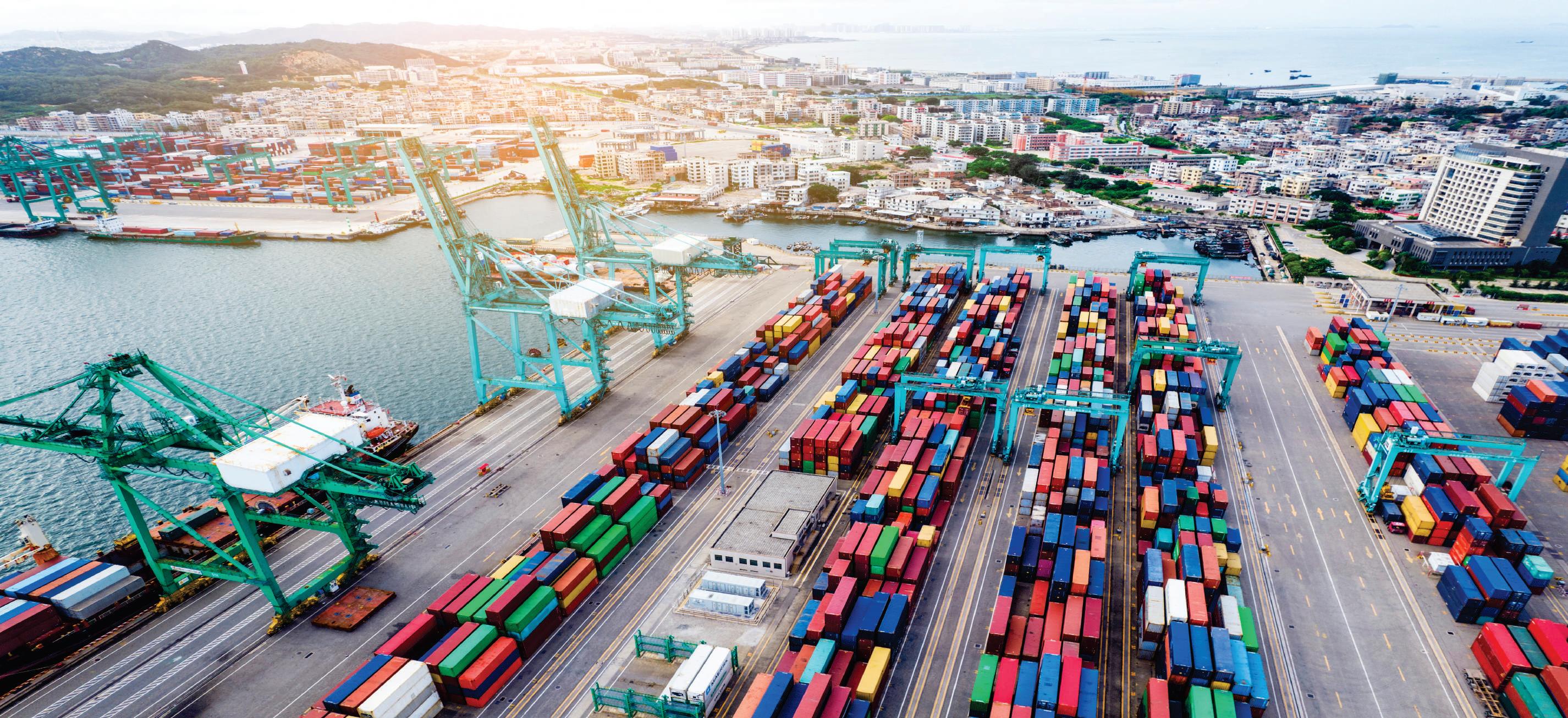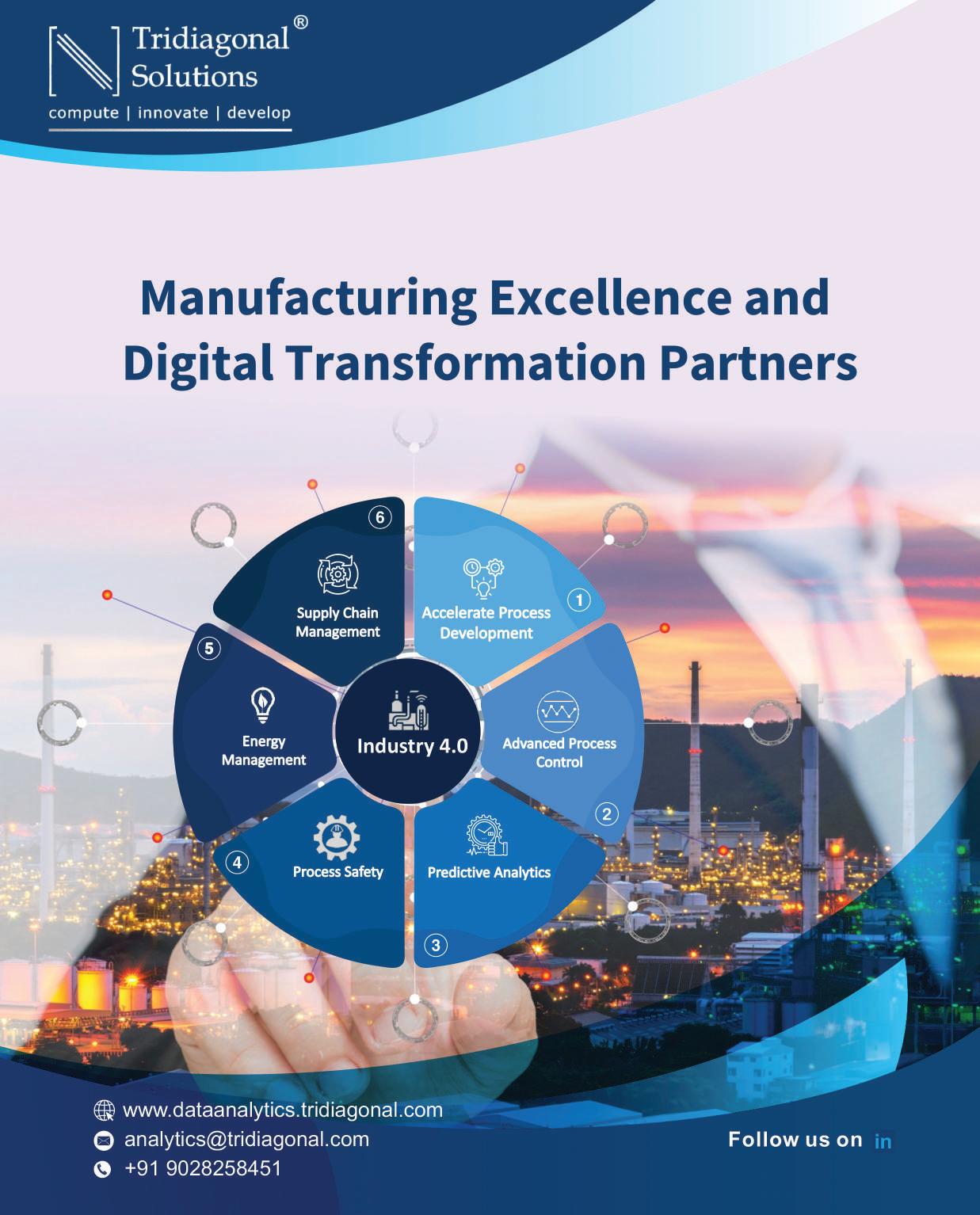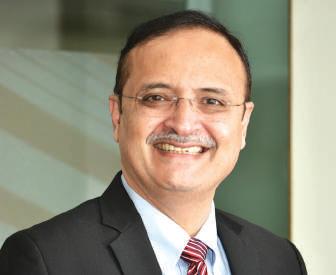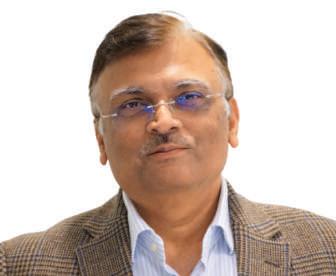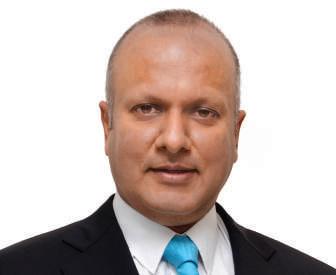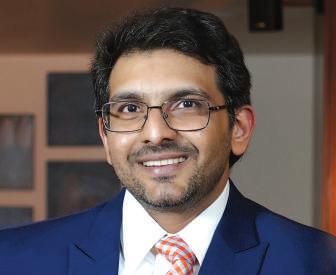[ 96 ]
|
OVERVIEW
INDIA’S PETROCHEMICAL INDUSTRY SET TO CHART A NEW GROWTH TRAJECTORY Backed by big ticket investments into infrastructure development, the industry is setting the stage for a longterm fruitful journey ahead
I
ndia's petrochemical industry is poised for a sweeping transformation through 2030. The change is propelled by a significant expansion of its intermediates’ production capacity, and growing focus on reducing the sector's carbon and environmental footprint by both industry as well ad policy makers. With its high demand growth, India is projected to contribute to more than 10 percent of the incremental global growth in petrochemicals over the next decade. Given its significant import dependence, India could potentially need more than 15 world-scale petrochemicals assets by 2035 to meet domestic demand. Presently, there are eleven naphtha or dual feed cracker complexes in operation with combined ethylene capacity of about 7.05 million tonnes per annum. In addition, there are six aromatic complexes in operation with a combined Xylene capacity of about 5.5 million tonnes. Demand for plastics in India is expected to reach 24 million tonnes by 2022-23 and 35 million tonnes by 2027-28. The Indian market is seeing a surge in petrochemical capacities from domestic companies that have traditionally dominated the market such as Reliance and Indian Oil Corporation Limited (IOCL) which currently account for almost 70% of production. With slowing growth and diminishing margins in the core oil and gas business, petrochemicals are a logical extension for these players. While Reliance and IOCL have expanded their petrochemicals production in the past couple of years, HPCL-Mittal Energy Limited (HMEL) is expected to quadruple its petrochemicals capacity over the next couple of years.
New domestic players such as ONGC Petro additions Limited (OPaL) and Deepak Phenolics are recent entrants in the petrochemical space. In the next three to five years, HPCL Rajasthan Refinery Limited (HRRL) and Bharat Petroleum Corporation Limited (BPCL) will join the list with their refinery-integrated petrochemicals assets. Over the past three years, global firms such as Saudi Aramco, Rosneft (Nayara), BASF, and Borealis have announced plans to invest in Indian petrochemicals manufacturing. Importantly, the mammoth 18 million metric ton (MMT) West Coast refinery is being planned as a joint venture between the Abu Dhabi National Oil Company (ADNOC), Saudi Aramco, IOCL, BPCL, and HPCL. This venture could significantly alter the face of the Indian petrochemicals landscape. CHANGE IS INEVITABLE As petrochemical production displaces transport fuels as the main consumer of crude oil, refinery assets will be converted into chemical and petrochemical hubs. With petrochemicals now accounting for 40 to 80 percent of new refining assets, the evolution of new crude-to-chemicals technologies is accelerating the shift of oil and gas majors away from refining. India’s petrochemical capacity is projected to grow by more than 30 percent in the 2017–2025 period. The number of domestic refineries with linked petrochemical capacity is expected to grow from 12 (out of 22) in 2010 to 19 (out of 24) in 2030. In addition, new refinery expansion projects and greenfield refineries are being built with an integrated petrochemical con-
figuration, with HRRL, HMEL, and the West Coast refinery being notable examples in this category. Given the strong underlying demand trends, the sector is now witnessing a significant investment boom, with several multibillion-dollar assets either already on stream or expected within the next few years. Projects like HMEL in Bhatinda and HPCL in Barmer are expected to be completed by 2021-22 and 2022-23, respectively. Nayara's mega petrochemical project in Vadinar is expected to be completed by 2024-25. And several other projects are likely to be commissioned beyond that. These investments, which include public and private projects in various stages of implementation and pipeline, will make petrochemicals the biggest driver of India's crude oil demand growth. India’s petrochemical players have mostly evolved their portfolios from legacy refinery setups to drive higher net realization. As a result, the focus has been on basic commodity chemicals where technology licenses have been readily available. Capacity expansions are expected for polyethylene (PE), polypropylene (PP), polyethylene terephthalate (PET), and polyvinyl chloride (PVC), monoethylene glycol, elastomers and styrene, among others. Historically, given India’s net surplus and limited gas production, naphtha has been the dominant feedstock for Indian producers. The large proportion of India’s petrochemicals capacity continues to be refinery integrated due to limited feedstock availability. The massive push towards circular economy, driven by fast changing consumer preferences and regulators, has made petrochemical producers focus substantially on embedding sustainable practices across their business. Players can reduce conversion costs by 5 to

